how to choose a dog breed | how to choose a puppy | things to know before getting a puppy
How to choose a perfect dog for me?

Most people wonder what puppy they should get. They cannot decide on breed, color, gender, and many other things.
Well, no puppy is perfect and at the same time every is – they are cute little pets that deserve to be loved. However, it’s better to know beforehand what you are looking for, as a decision based on lack of information may lead to problems in the future.
Which is better: purebred or mixed breed?
Consider if you need a pedigree dog or you don’t care about having a dog who belongs to one breed or another. In general, it’s easier to anticipate what traits your pup will most probably have when grown up if you know her breed or at least the breed of one of her parents. However, no two dogs are equal, so even belonging to the same breed doesn’t necessarily mean that your German shepherd will grow up in the same manner as your neighbor’s German shepherd. Even if you buy them from the same litter.
In general, we advise people to get pedigree dogs if they want more predictability in the way their dog grows. Also, it’s better for somebody who doesn’t have any experience with dogs, as buying a puppy from a responsible breeder will also give you an opportunity to chat with the breeder about your doubts. Also, if you or your relatives have any kind of animal related allergies, only some purebred dogs won’t cause that allergy. We strongly advise against buying a pedigree dog from anywhere else but a registered kennel to guarantee you get what you pay for.
However, if you don’t mind some surprises when your dog grows up and you don’t care too much about perfectly standard looks, then a mixed breed (a dog of unknown origin) is also a good idea.
Breed types to choose from
Different organizations have different standards, but in general, dog breeds are grouped together according to their purpose. However, it’s difficult to group all dog breeds as there are up to 500 different ones. Also, some breeds might fall into more than one group. The list below doesn’t belong to any of the major canine organizations out there. This list only helps to more or less understand how groups of dog breeds differ from each other.
Roughly speaking, these groups are:
- Shepherds
- Terriers
- Primitive breeds
- Pointers and retrievers, water dogs
- Sighthounds
- (Small) companion dogs
- Mastiff-like dogs, schnauzers
- Giant breeds
These groups are not official in any of the main dog-related organizations in the world. However, this is a list of groups we use when trying to find a good match for our clients looking for a dog.
Shepherds
German shepherds, Australian shepherds, kelpies, corgis, etc. Shepherds in general are easy to train, they like to work with their owner. However, they need a lot of attention and time to train. They learn easily, but at the same time they learn “bad things” quickly.
Also, check the purpose of your shepherd. Some of them prefer to stay alone and don’t like to be led by their owner – mostly the breeds which were bred to protect the flock from wolves in the mountains or open fields.
Shepherds tend to get too excited quickly, also, they seem to be worried most of the time about doing something. Make sure to teach a shepherd to relax, if not, your dog might get too anxious. They are quite vocal dogs and tend to bark quite a lot. Also, if you have small children, bear in mind that some shepherds have strong herding instinct, and they might injure a child simply because they try to keep him or her in the “flock”. Some shepherds end up getting hit by a car because their herding instinct leads them to do so. Make sure to be able to recognize how the herding instinct looks like, before getting a shepherd.
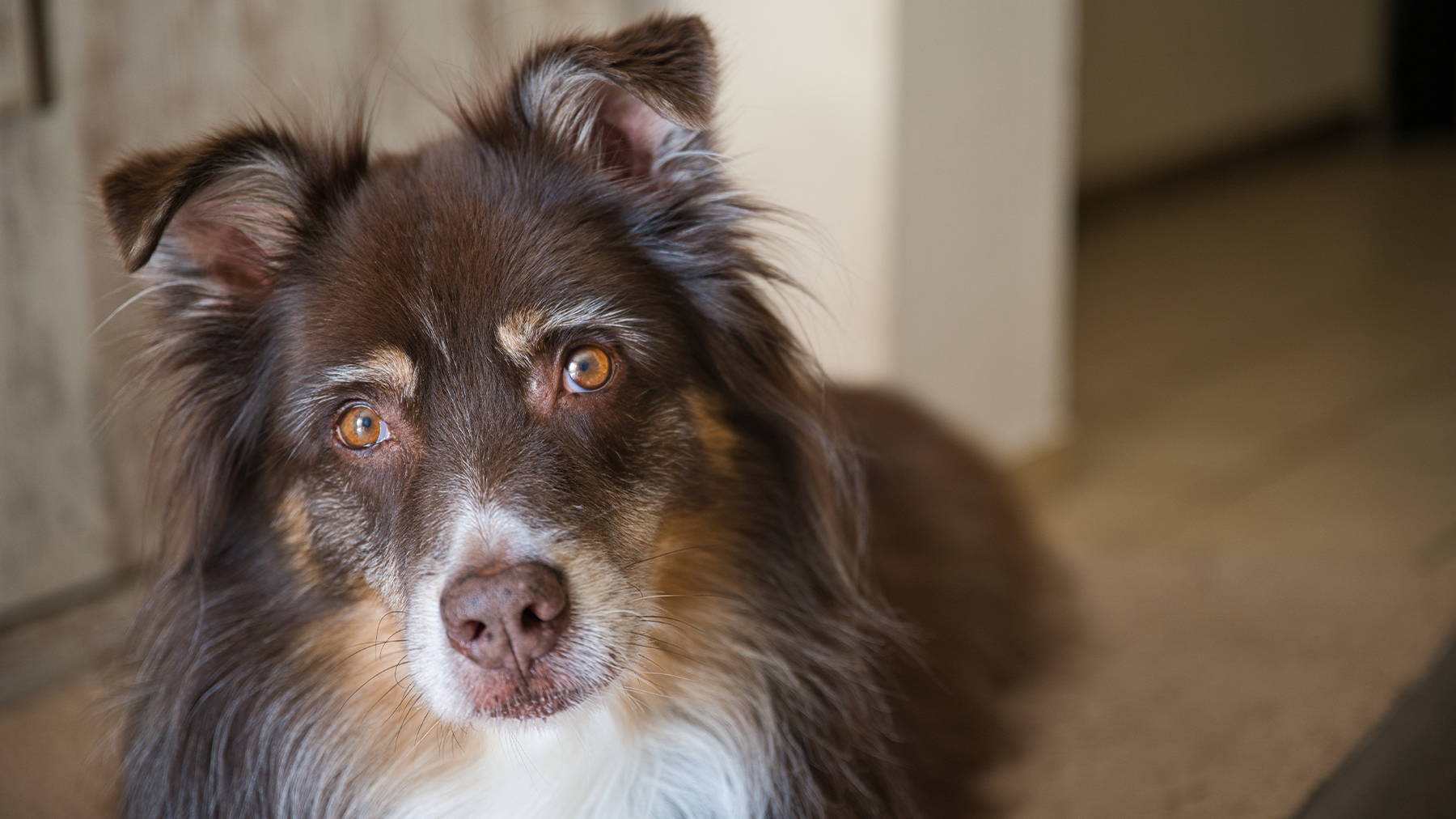
Terriers
Terriers mostly are active, fierce, and sometimes nervous. Terriers were bred to hunt small animals and take them out of their caves. Also, they were supposed to hunt for rats in houses. So it's no surprise that they are keen on running to catch any object that moves. Also, these dogs usually don’t react well to any kind of physical restriction, so some terriers won’t pay attention to tight leashes or unhappy owners. Sure, not every terrier is equal, there are some calmer ones, such as the West Highland white terrier, but they also have their terrier characteristics.
Terriers usually are called stubborn and unwilling to learn. Well, it’s not entirely true as these dogs are quick learners, but they also get bored quickly. As we like to say in our training classes, terriers have a strong opinion about everything, and they won’t do anything if they don’t feel like it. A terrier is a strong personality, so make sure you will be able to set boundaries for this dog when needed. Every dog needs some rules, but terriers are famous for trying to do whatever they want to.
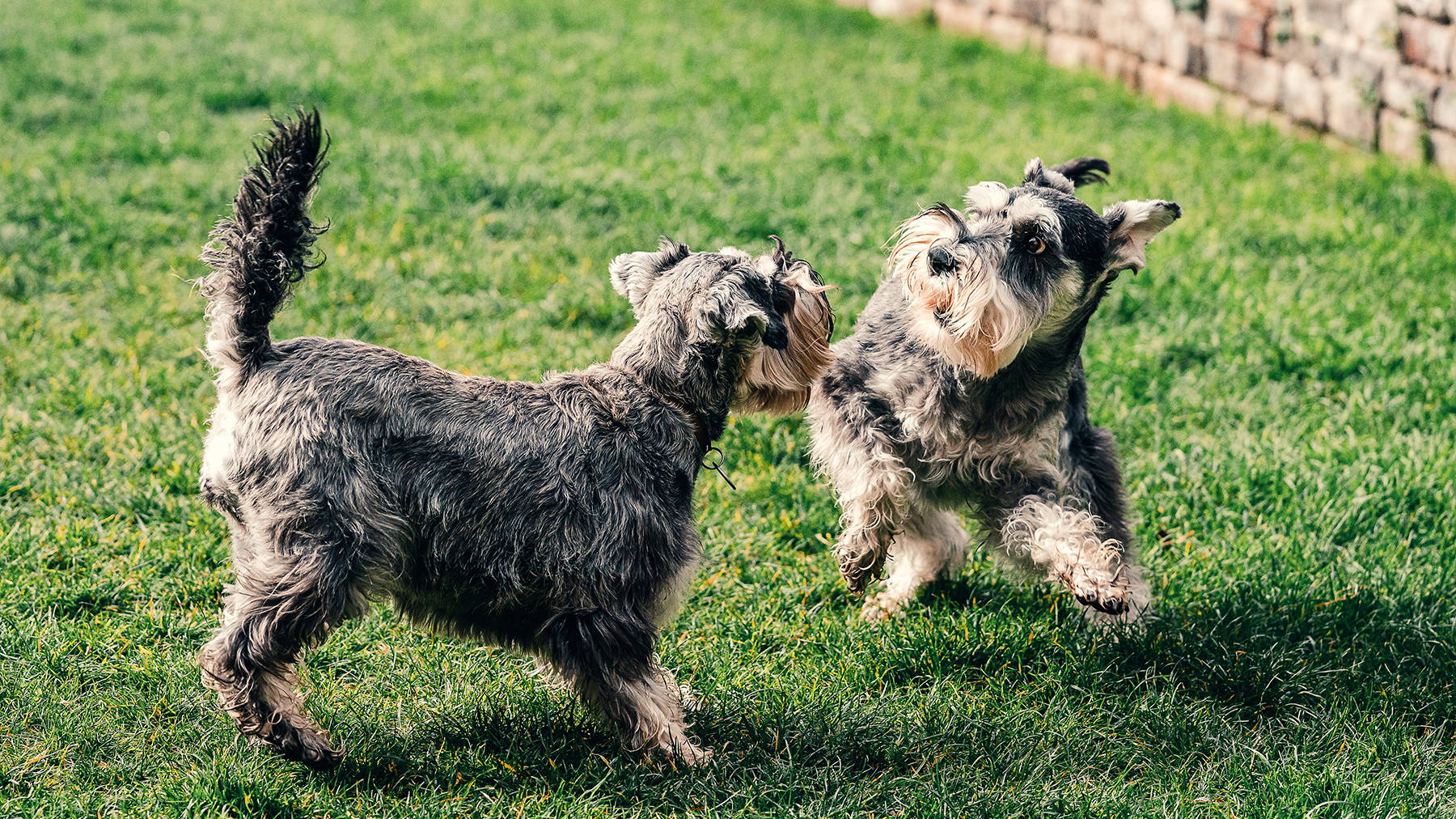
Primitive breeds
Sometimes people frown upon this name. But by no means we want to say something bad about any dog! Primitive dog breeds are the ones which were not altered by humans too much, such as akitas, huskies, malamutes, basenji. These dogs are independent and it’s harder to find a suitable training approach for them. Sure, they are trainable and if you work a lot, you’ll see the result. However, any trainer can assure you that it’s easier to train an average shepherd than an average primitive breed.
Some of the primitive breeds don’t tolerate children too well, but it also depends on their purpose. Nordic breeds usually are good with children, while Asian breeds didn’t have it as a prerequisite.
Primitive breeds need training and an experienced trainer. If you are a novice owner yourself, speak to their breeders, visit some kennels, so you will get to know the desired breed better.
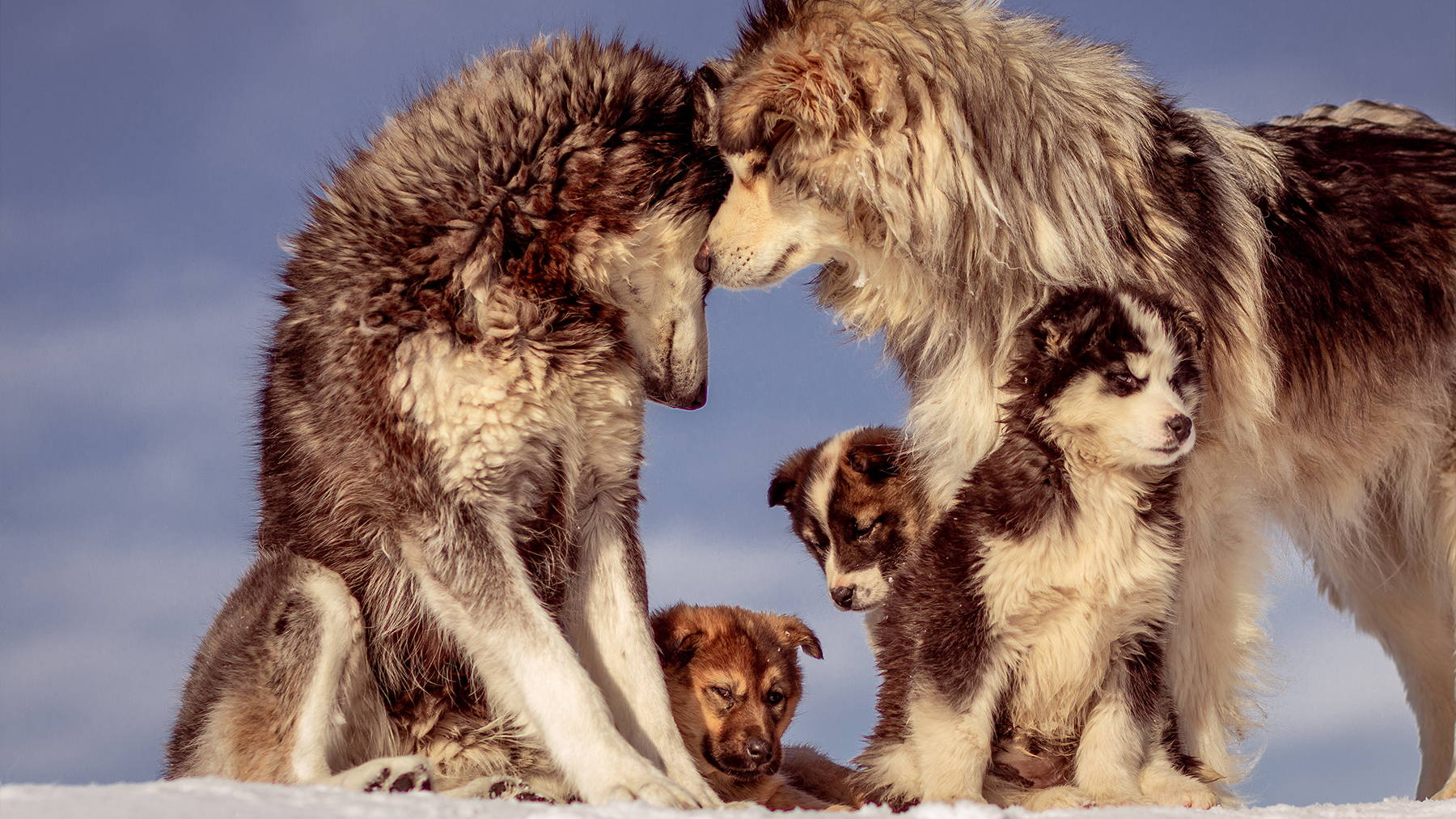
Pointers and retrievers, water dogs
Becoming more and more popular each day due to their beautiful looks, these dogs have some interesting character traits. Usually, they are driven by strong instincts and sometimes it’s not easy to control them. If you are looking for a dog who would be easily trained to run around unleashed, this group of dogs might not be the number one choice. However, if you are willing to spend a lot of time training them, the result will come.
This group of dogs usually loves water, so if you spend a lot of time outdoors, love to hike and want to have a good jogging or hiking buddy, then it might be a group to consider.
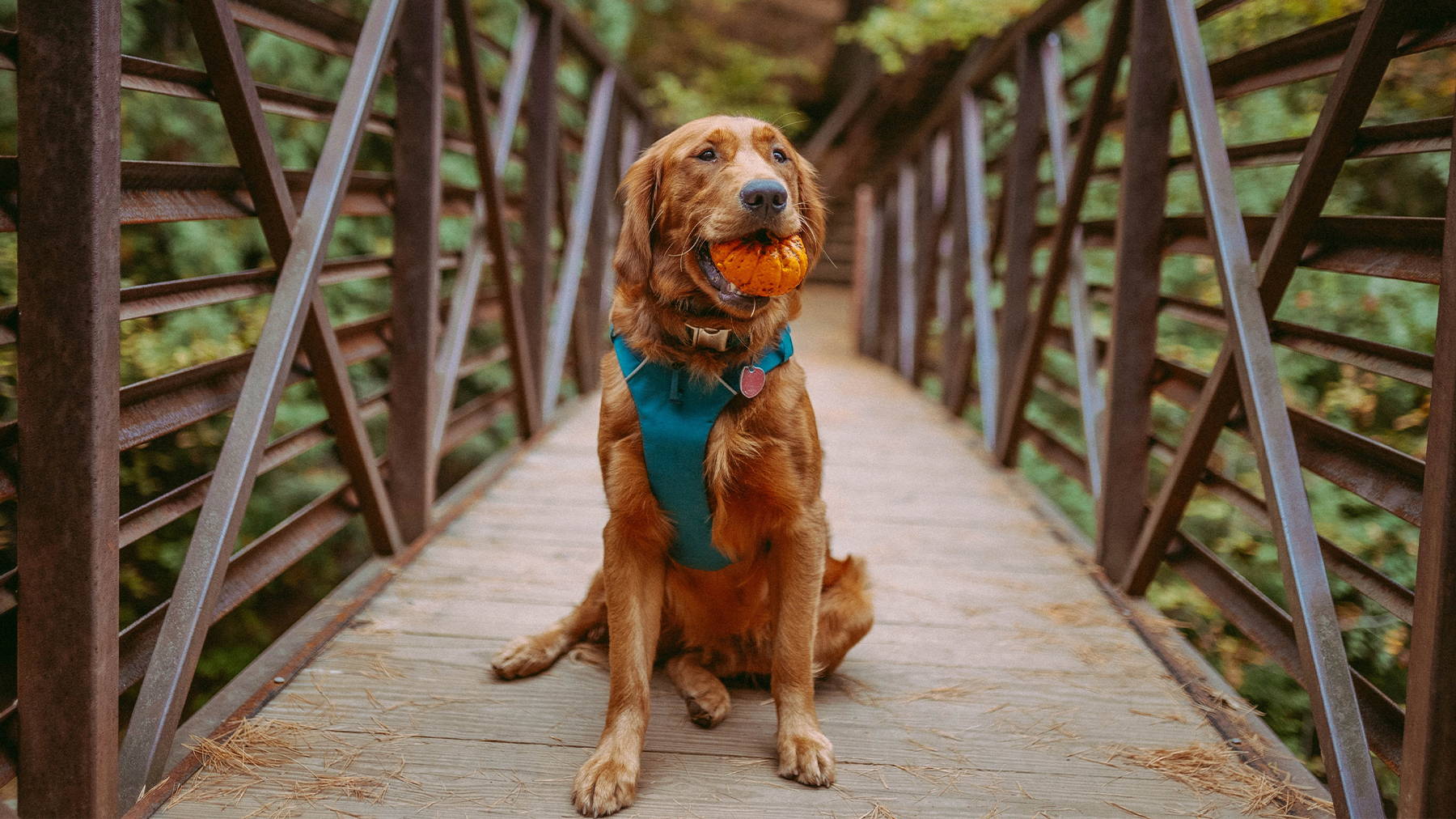
Sighthounds
Sighthounds are famous for their grace and speed. Not surprisingly, they are not so well known for their obedience skills. In general, sighthounds are calm dogs most of the time, but they need to run freely at least twice a week. They are meant to run fast, but only for short periods of time. Most people think that a sighthound needs endless running sessions. The truth is that they are sprinters, so they don’t feel the urge to run a marathon.
This group of dogs is a good choice if you want a calm dog at home and you don’t care too much about obedience. While they can be trained for sure, it’s more difficult than with other breeds. Various websites underestimate sighthounds’ abilities stating they are untrainable or not intelligent. Well, they are intelligent, but these dogs are not the easiest ones to teach tricks and commands, because they were bred to hunt. A sighthound owner should be aware that they have a strong chasing instinct, and they might run away simply because they spotted a deer or any other animal. If you consider having a sighthound, make sure to find a safe area for your dog to run freely without a possibility to run away. It might get tricky if you live in a city.
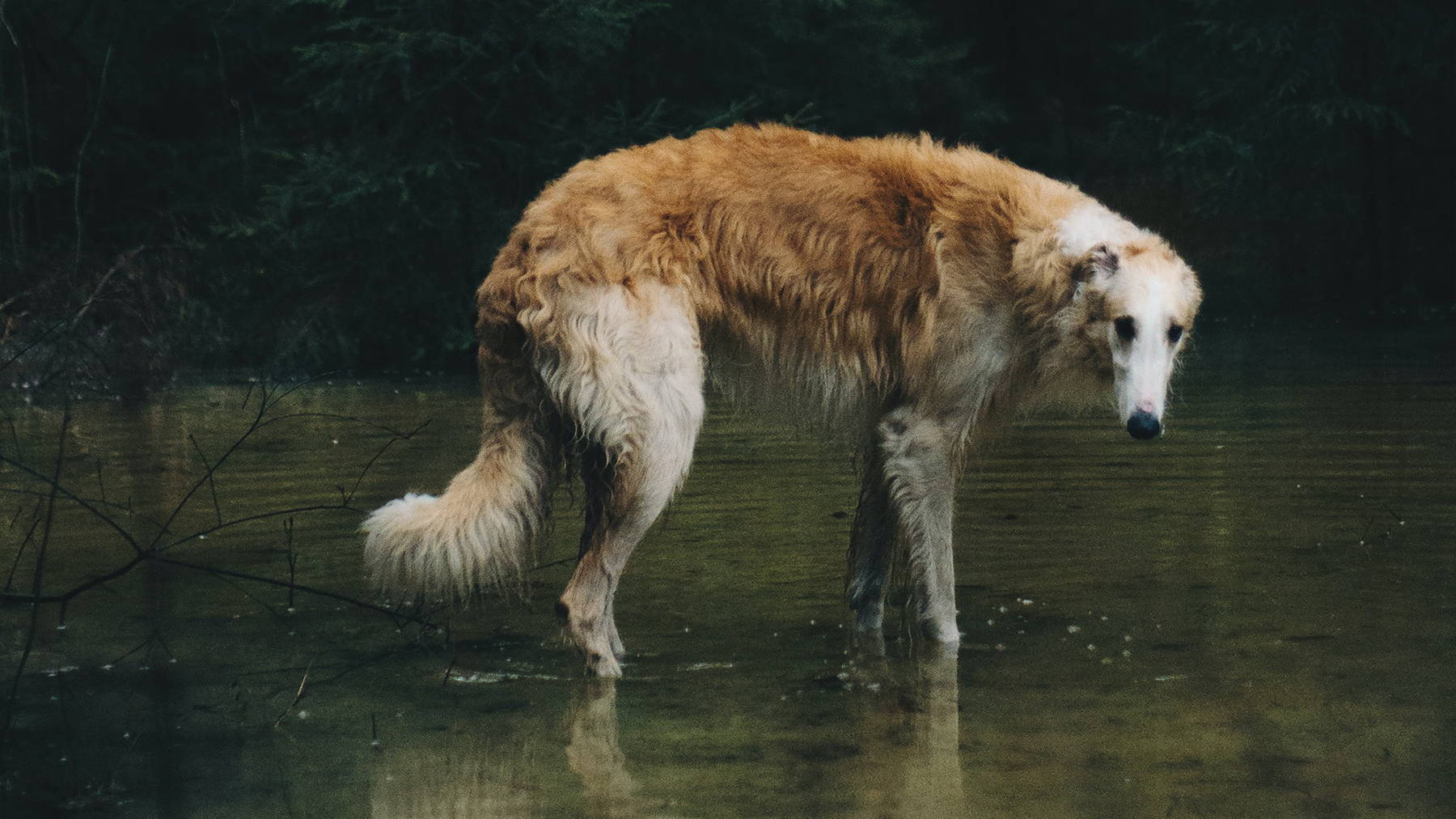
(Small) companion dogs
Well, this name might not be the most accurate because most dogs are companion dogs now. By saying companion dogs, we have in mind small breed dogs which are seen as family friends nowadays. Although some companion breeds had their purpose other than sleeping on their owner’s lap, now it would be difficult to imagine a Yorkshire terrier hunting for rats in our homes. Pug, French bulldog, Maltese, chihuahua, Boston terrier, etc. Some of these dogs had a clear purpose hundreds of years ago, while nowadays they are simply family pets. Some organizations consider larger breeds such as golden retrievers a companion dog, but we usually include only small breeds in this list.
Although companion dogs are mostly small and look cute, they still have their instincts. Before getting a companion breed, make sure to research about that breed’s purpose as it affects their character. A companion dog, even if its main purpose was always to be close to their owner, still needs training and management. Also, be careful if you have (or plan to have) children, as young children are not good at managing their actions and a small dog might suffer from harsh handling. Buying a companion dog solely for a child is a bad idea. Another problem is not treating a companion dog as any other dog – although small and cute, first, they are dogs! They need socialization and training, just like any other dog.

Mastiff-like dogs, schnauzers
Breeds such as English mastiff, Cane Corso, bullmastiff, rottweiler, giant schnauzer, Doberman… These dogs are strong, confident, easy to train, but sometimes difficult to manage. These breeds might not be easy for a first-time dog owner, as they require setting strong boundaries. Mastiff-like breeds were bred to protect property (houses, objects, and cattle) and even to threaten enemy at war. Schnauzer type was supposed to be a universal dog.
Most of these dogs are tough and can endure difficult conditions. They are working dogs and they need training to have their brain occupied. Having in mind their size and constitution, their owner should be capable of physically restricting this dog if needed. We don’t recommend this group of breeds for somebody who is not strong enough to stop a dog like that if needed. Being infamous for aggressiveness, these dogs must be socialized thoroughly as they deserve living a social life just like any other dog. However, if you want to have a dog who would be happy to play with other dogs, this group might not be the best choice.
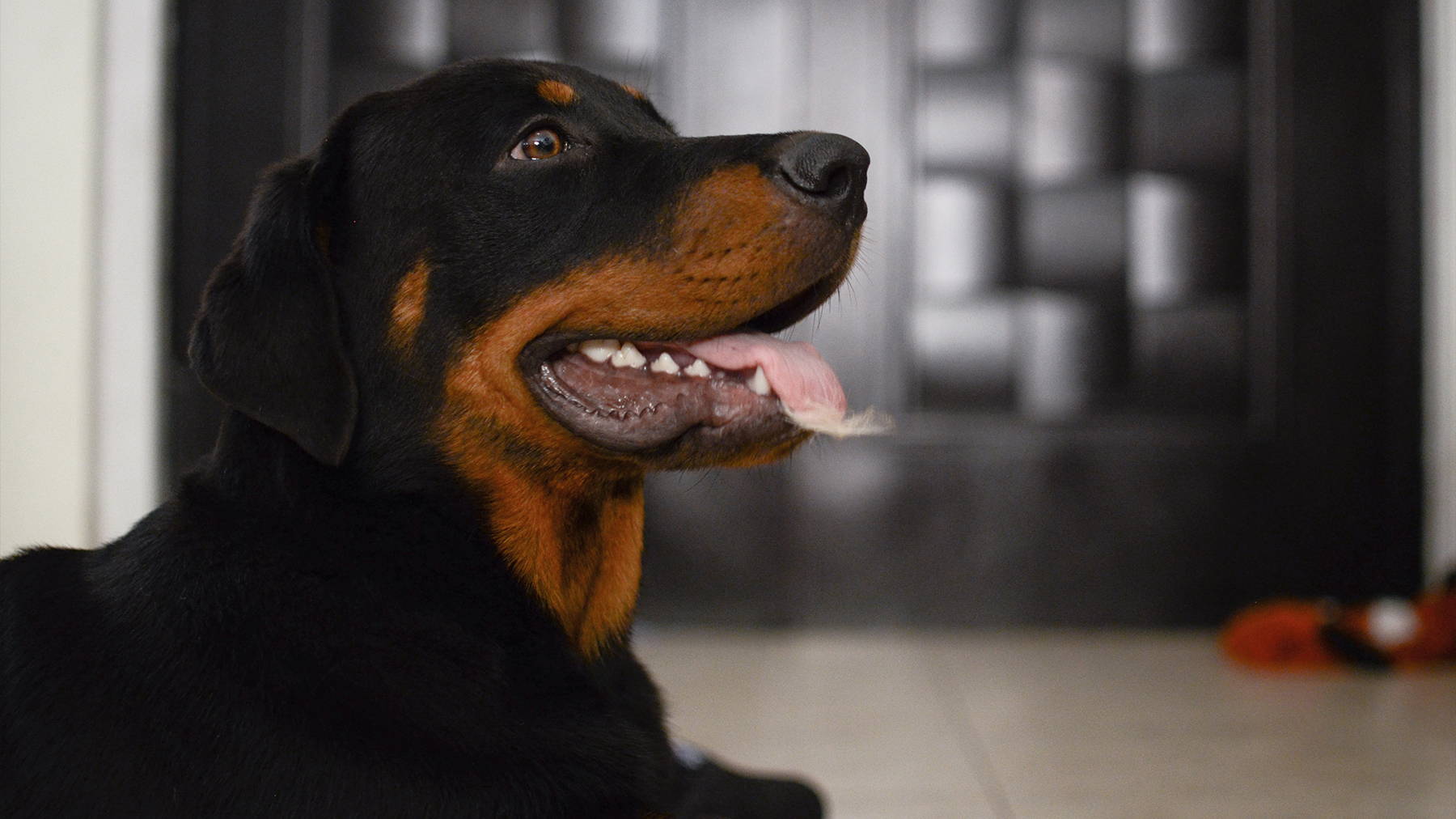
Giant breeds
Usually not grouped together as they come from different regions and purposes, giant breeds share some things in common. Dogs like Newfoundland, Irish Wolfhound, Bernese Mountain dog, Great Dane, Leonberger, Saint Bernard or Landseer are mostly calm (well, maybe except for the Bernese), friendly and not too quick. These dogs tend to save their energy by not rushing around like terriers or collies. Even though they are big and strong, in most cases there’s no need to be a very tough person to be able to take care of these dogs.
The only problem (if size is not a problem for you) is their life expectancy. The bigger the dog is, the shorter her life expectancy. This is especially true with Great Danes and Irish Wolfhounds as their lifespan is around 6 to 10 years only. Usually, the problem is their heart or lungs, as they fail to provide a dog’s body with the oxygen and blood they need. However, contrary to a popular belief, giant dogs don’t consume an infinite amount of food and they occupy less space than one would imagine.
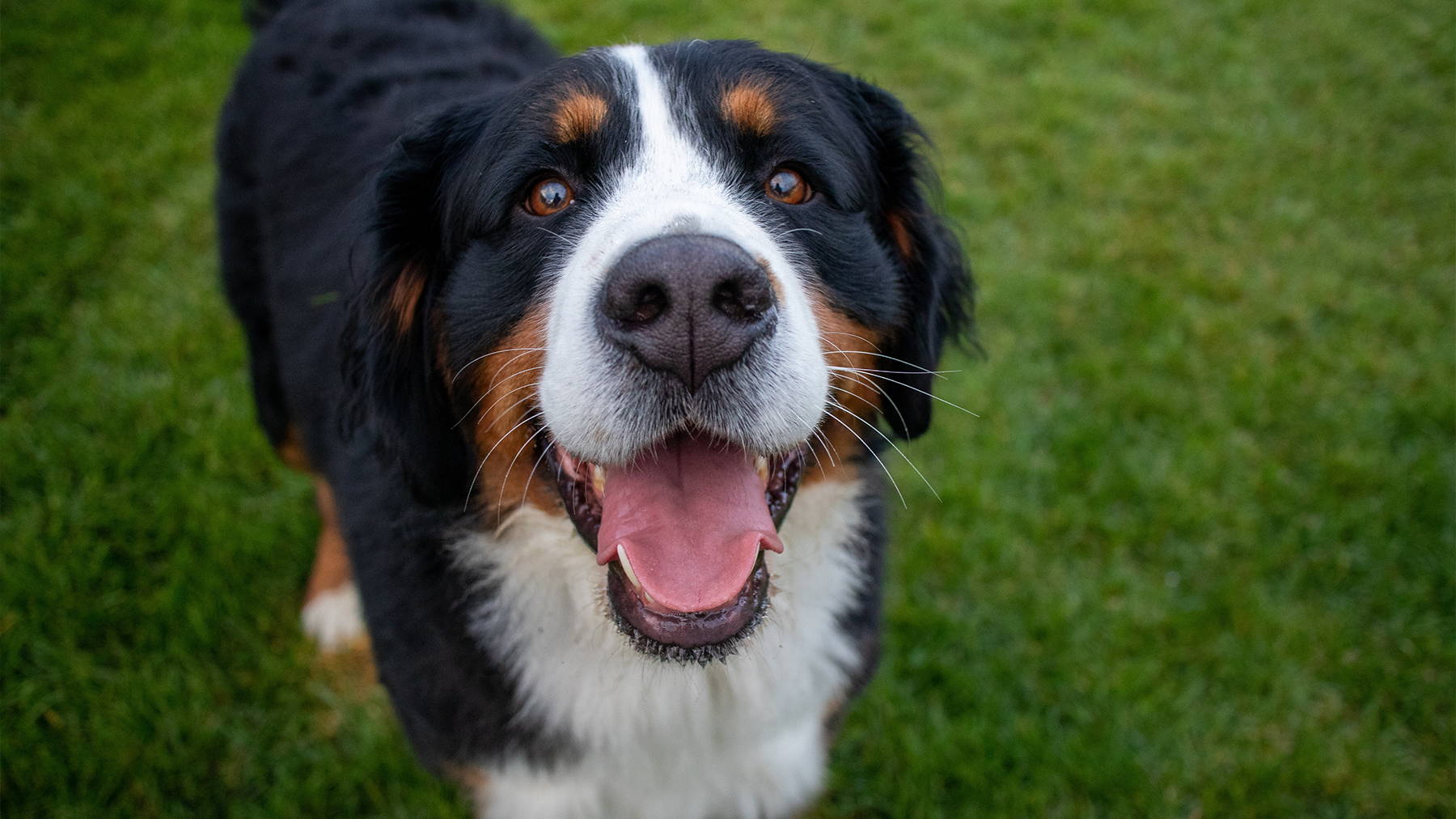
So many breeds!
The amount of dog breeds might seem overwhelming as there are around 500 of them. Here are some suggestions on how to find a perfect match.
1. Books. Flip through dog breed books’ pages. This way you’ll get an idea of how different breeds look like, what the varieties are, and you’ll get to know the basic traits of their character.
2. Websites. When you find a couple of breeds you like, try looking for deeper information about one breed or another. If you are still not sure what breeds spark an interest to you, go to websites of American Kennel Club (AKC), United Kingdom Kennel Club (KC) or Fédération Cynologique Internationale (FCI), as they are the main organizations who set the standards of breeds. They have lists of breeds registered in their organization. Some breeds might vary as they are recognized in one organization, but not the other; however, most of them recognize the same breeds.
3. Social networks. When you end up with a couple of breeds you are most interested in, look for a social network group of each one. Preferably in your region or home country, but other countries or even continents are ok also. You’ll see more pictures of real life with these dogs and will be able to ask questions. Most breed enthusiasts are willing to help you decide if the breed is a good match for you. Don’t take it personally if some people try to discourage you from buying a certain breed, as some of the very active dog breeds are becoming more and more popular nowadays. This is especially true speaking about border collies and Belgian Malinois recently.
4. Kennels. When you settle down with two or three breeds you like, don’t hesitate to contact their kennels. Most of them will be happy to answer any questions you might still have. If the kennel doesn’t have any litter and is not planning to have any anytime soon, most probably they will help you to locate a kennel which does have plans for a litter. Avoid kennels which persuade you to buy a puppy from them.
5. Kennel clubs. Look for your region’s kennel club. They will help you to check all the necessary documentation when needed and to locate a kennel which has a litter (if you haven’t found one yet).
